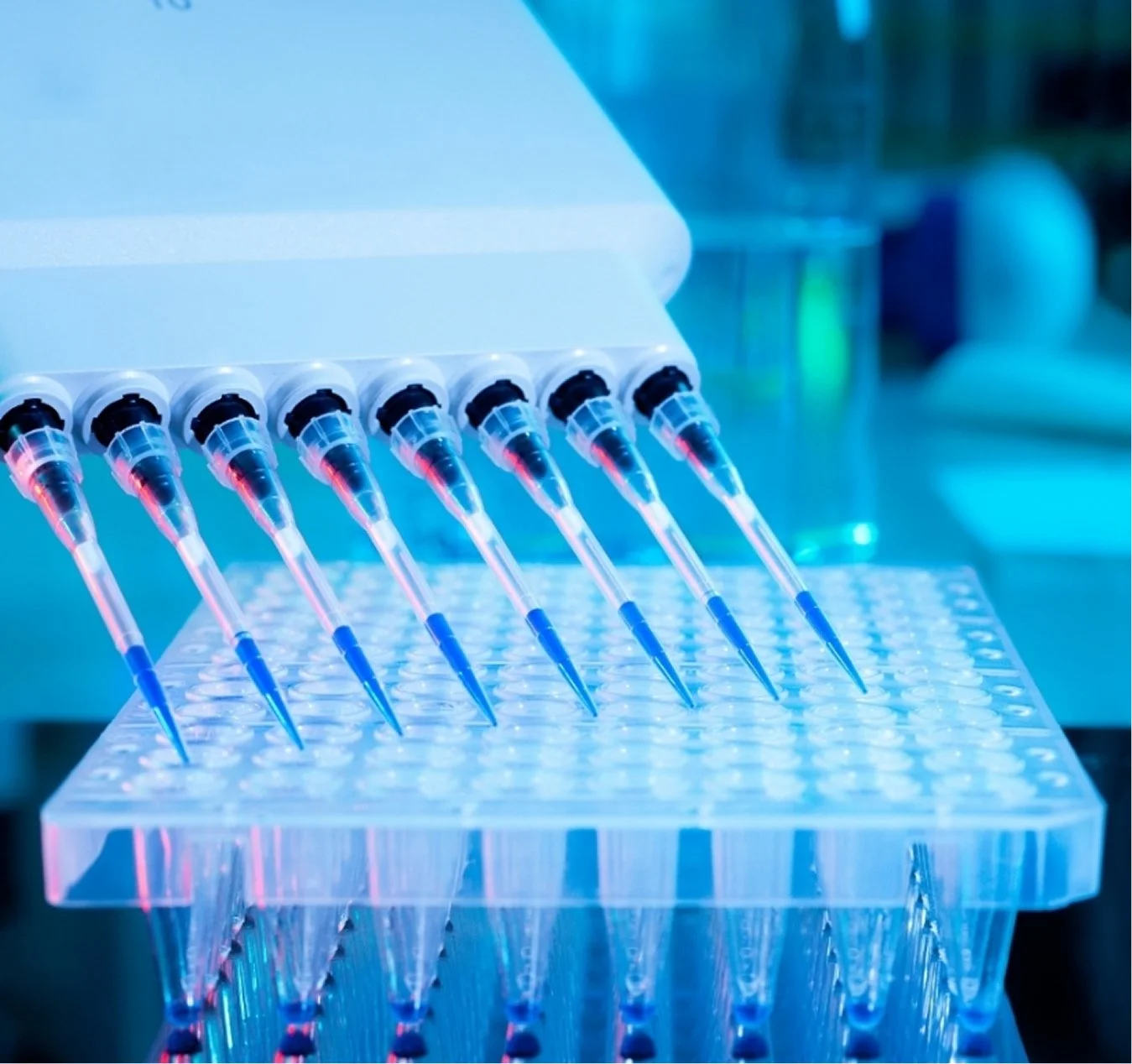 Image 1 of 1
Image 1 of 1


Human CDCP1 Elisa Kit
SIZE
96 wells/kit
INTRODUCTION
CDCP1, also known as SIMA135, is a novel 140 kDa type I transmembrane glycoprotein with three CUB protein-protein interaction domains in its 635 aa extracellular region. The cytoplasmic region with 148 aa contains canonical phosphorylation sites for Src kinase family members and binding sites for SH3 domains. A secreted 310 aa residue variant of CDCP1 is also present by alternative splicing. It is also possible for the type I membrane CDCP1 to undergo proteolytic cleavage at its amino-terminal region, which is around 265 aa long. CDCP1 is present on the surface of epithelial and bone marrow-derived stem cells.1,2 The extracellular regions of mouse CDCP1 and human CDCP1's are 84% identical in terms of amino acids.
PRINCIPLE OF THE ASSAY
This assay is a quantitative sandwich enzyme-linked immunosorbent assay (ELISA). The microtiter plate is pre-coated with a polyclonal antibody specific for human CDCP1. Standards and samples are pipetted into the wells and any human CDCP1 present is bound by the immobilized antibody. After washing away any unbound substances, a biotin labelled polyclonal antibody specific for human CDCP1 is added to the wells. After wash step to remove any unbound reagents, streptavidin-horseradish peroxidase conjugate (STP-HRP) is added. After the last wash step, an HRP substrate solution is added and color develops in proportion to the amount of human CDCP1 bound initially. The assay is stopped, and the optical density of the wells is determined using a microplate reader. Since the increases in absorbance are directly proportional to the amount of captured human CDCP1, the unknown sample concentration can be interpolated from a reference curve included in each assay.
SIZE
96 wells/kit
INTRODUCTION
CDCP1, also known as SIMA135, is a novel 140 kDa type I transmembrane glycoprotein with three CUB protein-protein interaction domains in its 635 aa extracellular region. The cytoplasmic region with 148 aa contains canonical phosphorylation sites for Src kinase family members and binding sites for SH3 domains. A secreted 310 aa residue variant of CDCP1 is also present by alternative splicing. It is also possible for the type I membrane CDCP1 to undergo proteolytic cleavage at its amino-terminal region, which is around 265 aa long. CDCP1 is present on the surface of epithelial and bone marrow-derived stem cells.1,2 The extracellular regions of mouse CDCP1 and human CDCP1's are 84% identical in terms of amino acids.
PRINCIPLE OF THE ASSAY
This assay is a quantitative sandwich enzyme-linked immunosorbent assay (ELISA). The microtiter plate is pre-coated with a polyclonal antibody specific for human CDCP1. Standards and samples are pipetted into the wells and any human CDCP1 present is bound by the immobilized antibody. After washing away any unbound substances, a biotin labelled polyclonal antibody specific for human CDCP1 is added to the wells. After wash step to remove any unbound reagents, streptavidin-horseradish peroxidase conjugate (STP-HRP) is added. After the last wash step, an HRP substrate solution is added and color develops in proportion to the amount of human CDCP1 bound initially. The assay is stopped, and the optical density of the wells is determined using a microplate reader. Since the increases in absorbance are directly proportional to the amount of captured human CDCP1, the unknown sample concentration can be interpolated from a reference curve included in each assay.


